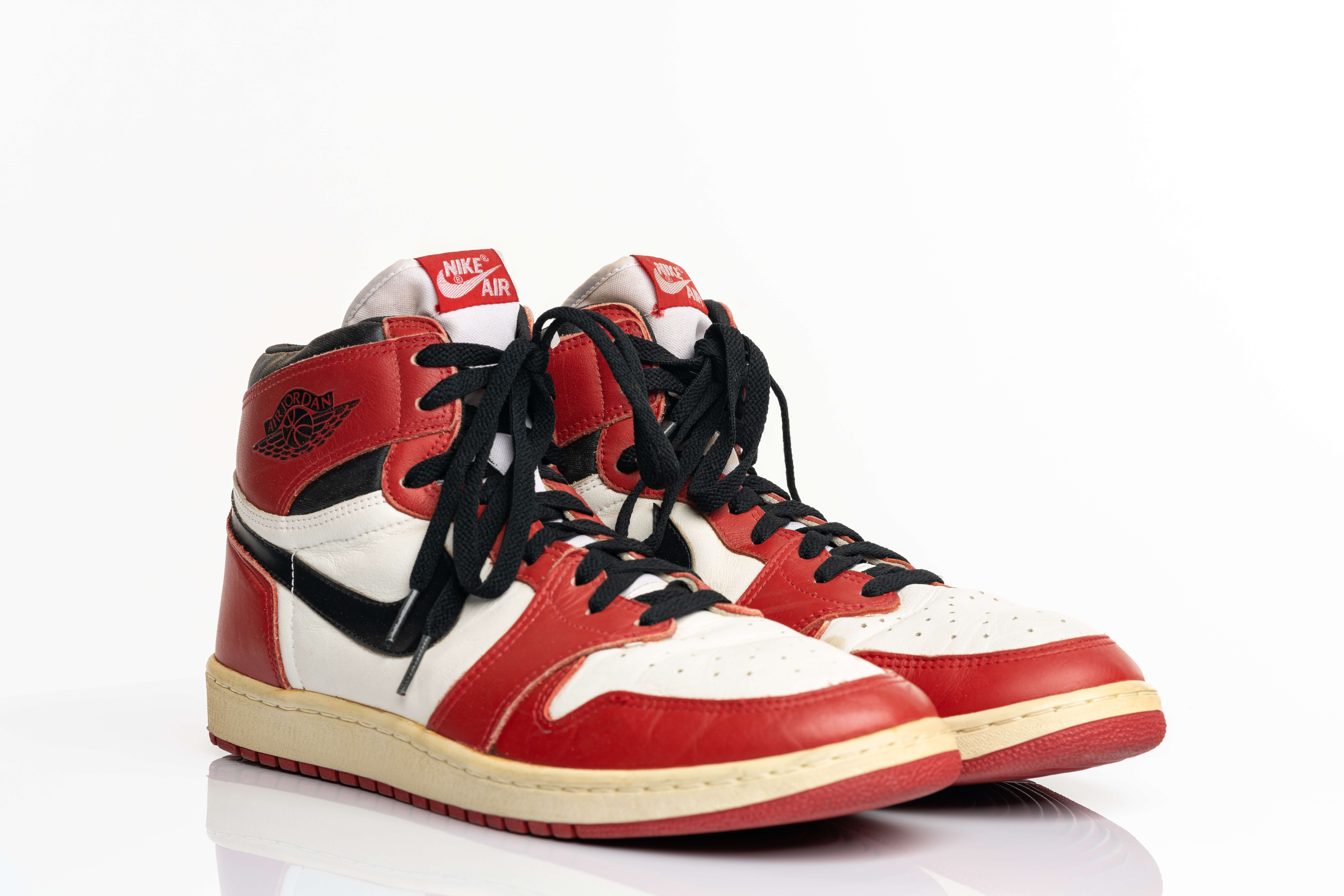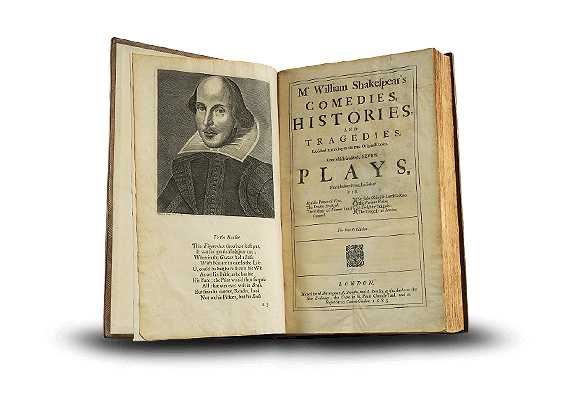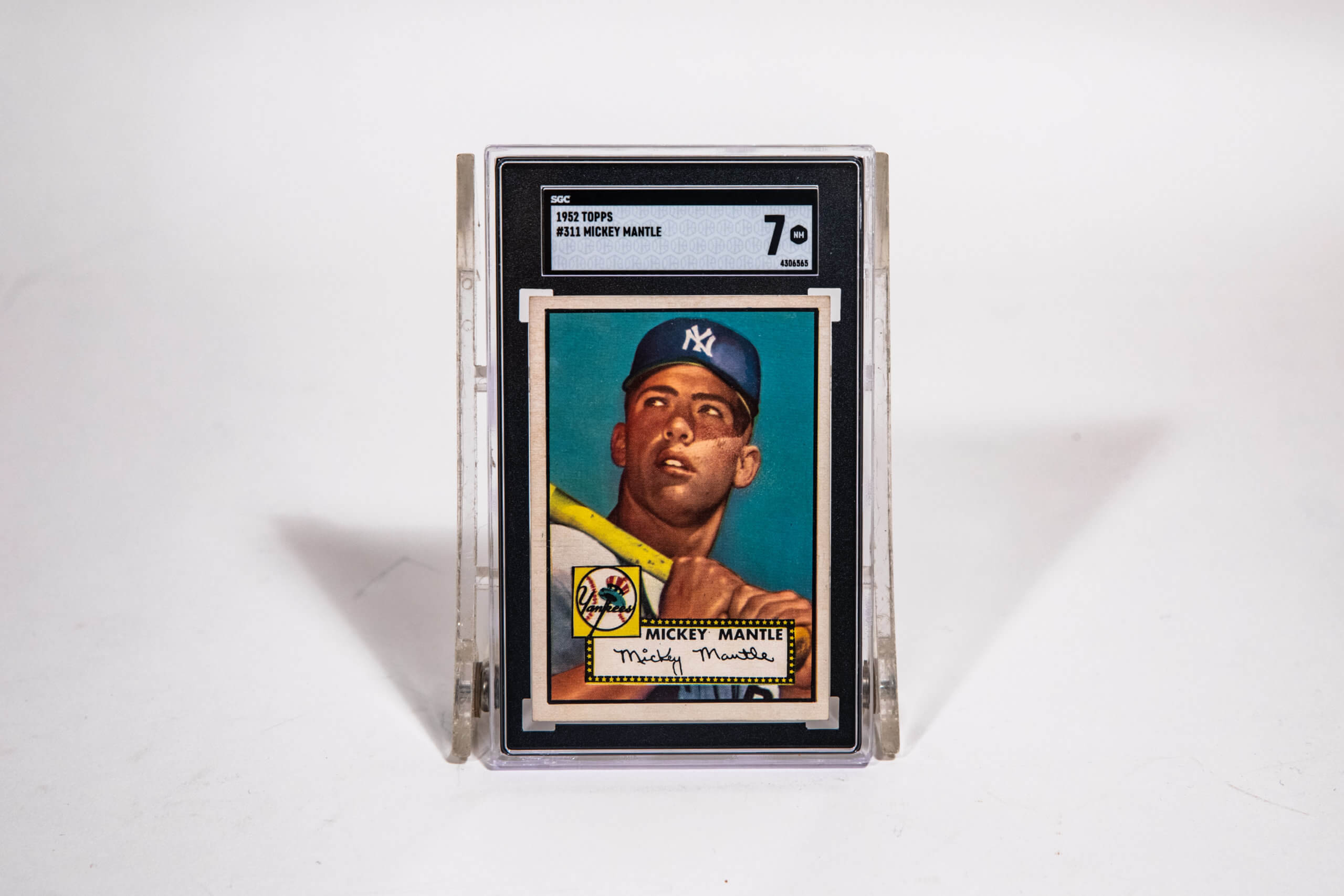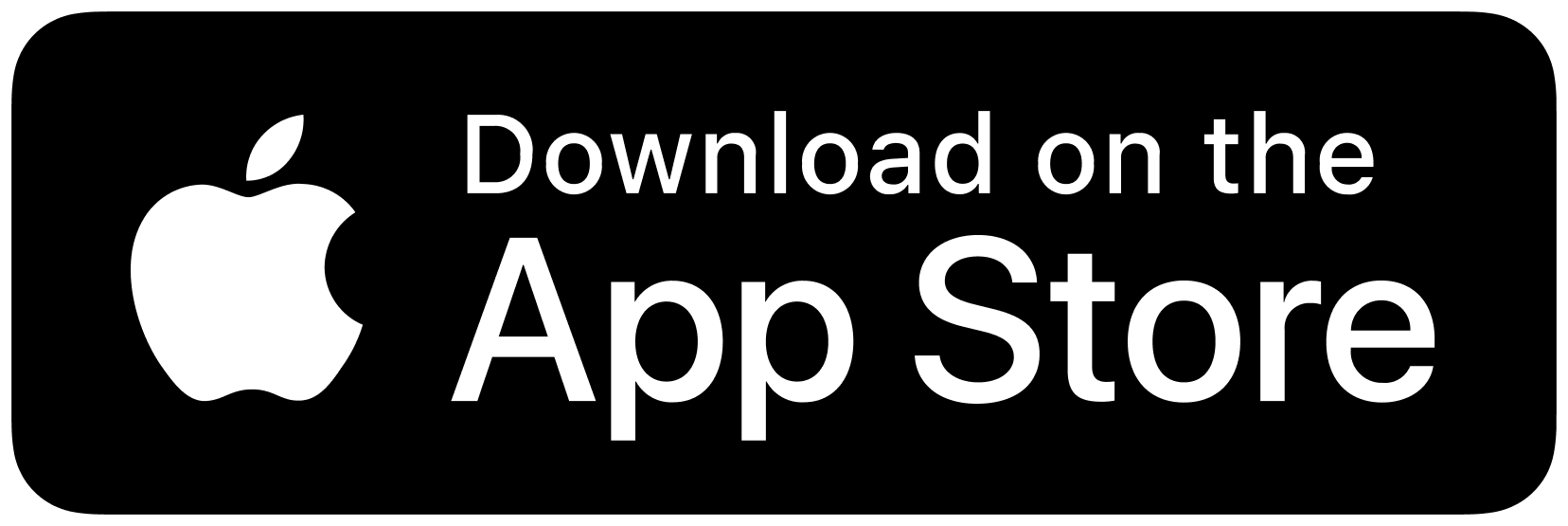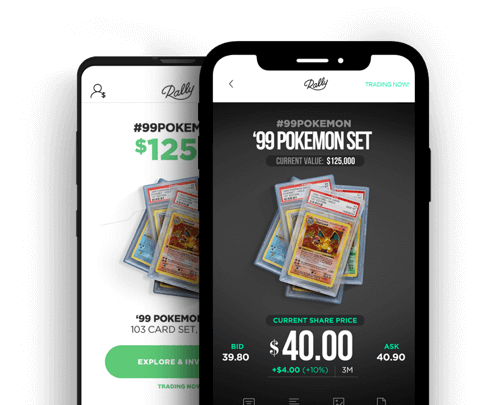Blog > Stories
Something Borrowed: The Grateful Dead’s Skeleton & Roses Poster
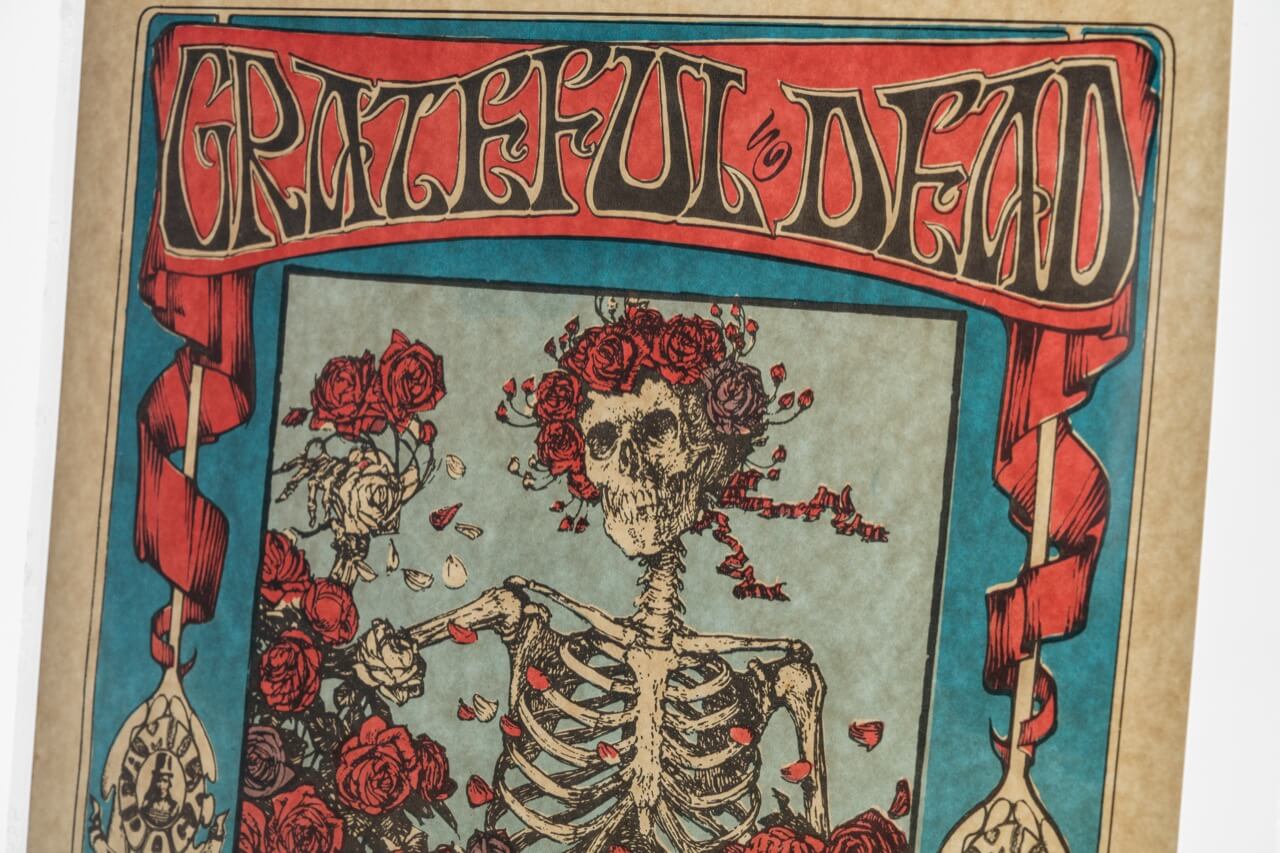
Blog > Stories
Something Borrowed: The Grateful Dead’s Skeleton & Roses Poster

In the fall of 1966, two hippie artists were tasked with creating a concert poster for the Grateful Dead’s show at the Avalon Ballroom in San Francisco. Coming in the first year of the band’s existence and prior to the release of their first album, The Dead was not yet the worldwide phenomenon they would become — instead, the psychedelic jam band was still a bit of a local secret shared by members of the region’s enthusiastic counter-culture.
The illustrators, Stanley Mouse and Alton Kelley, were key participants in the underground art scene flowering in the Bay Area at the time, a movement that drew inspiration from far and wide to create a new, highly-referential style.
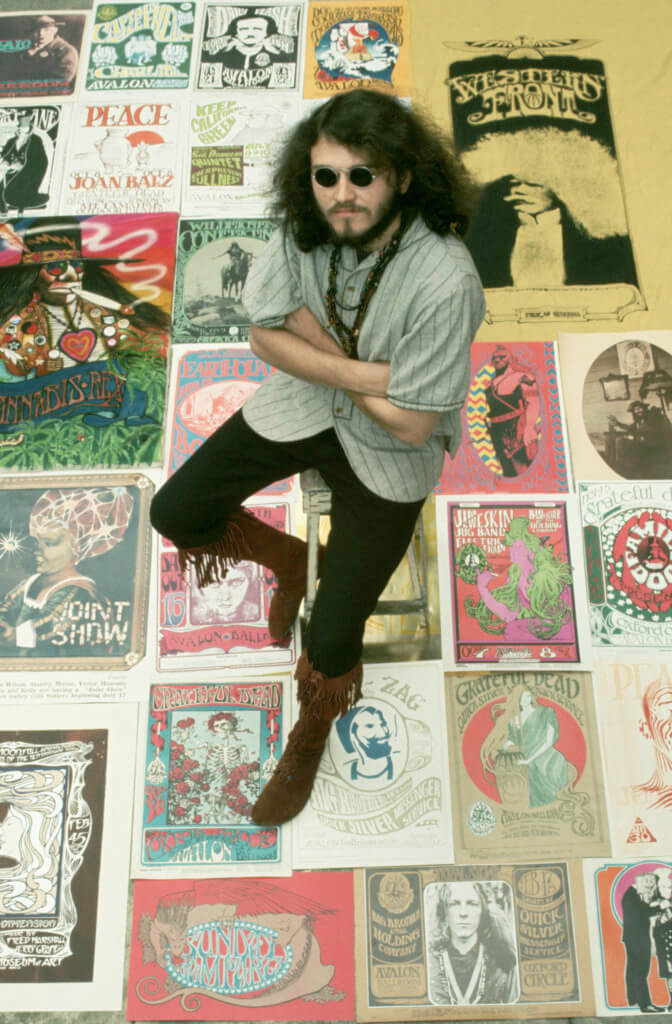
Artists (particularly concert poster artists) at the time were known to straddle multiple disciplines and industries, fusing them together to create new and unexpected works. Among these influences were comic book art, pinball machine designs, muralists, and more. Mouse and Kelley were no different, having previously co-opted the design from Zig-Zag rolling papers to produce their famous Family Dog concert poster for Big Brother & the Holding Company.
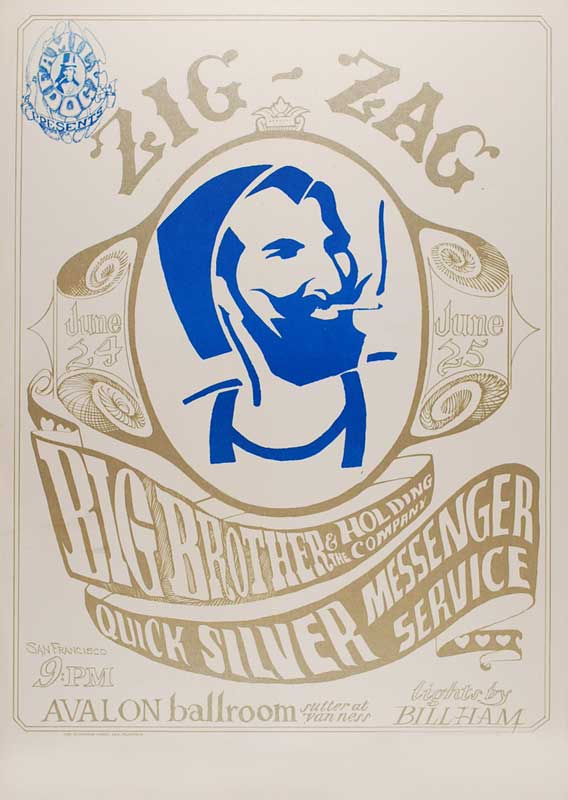
So, continuing in this tradition of breathing new life into surprising source material, Mouse and Kelley headed out searching for a spark. They landed at the San Francisco Public Library — a deep well of inspiration they’d grown to rely on for previous posters.
According to Rolling Stone, “…they found The Rubaiyat of Omar Khayyam, a collection of 11th-century poems by the Persian writer. This particular edition, from 1913, featured illustrations by British artist Edmund Joseph (sometimes E.J.) Sullivan, and one in particular spoke to them: a black-and-white drawing of a skeleton surrounded by roses, with a crown of them atop its head. ‘We saw that skeleton and said, ‘This says Grateful Dead all over it — we have to use this,’ Mouse recalls. Given how old the illustration was by then, Mouse adds, ‘It seemed pretty copyright-free.’”
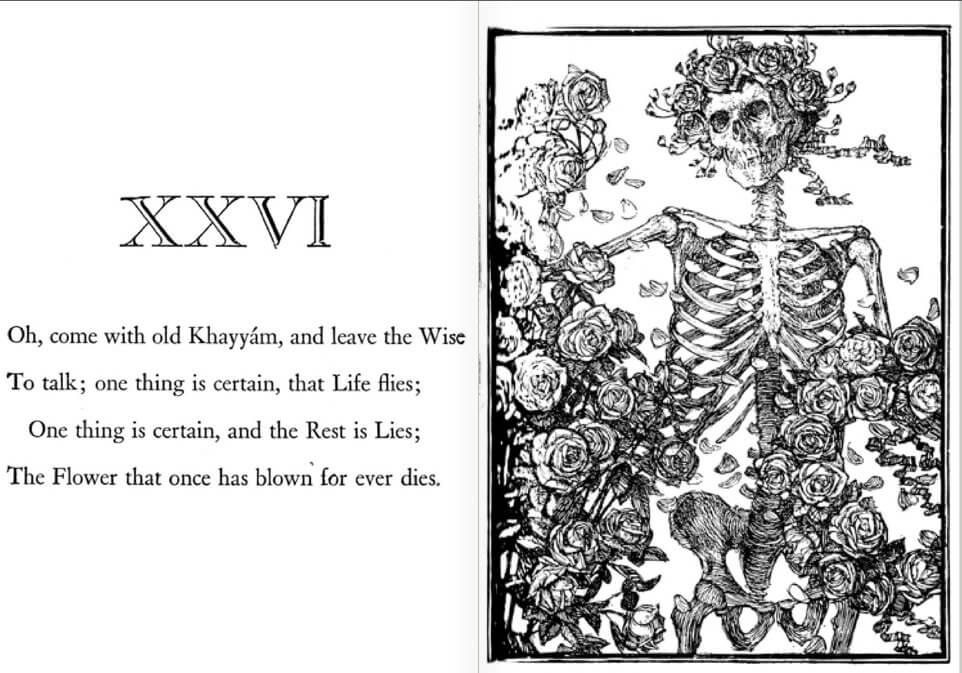
Still, they ran into a bit of an issue once they learned that their obscure book turned out to be far too valuable to be checked out from the library. Instead, Kelley cut the image out with a knife, smuggling it from the library and to their studio to create what would eventually become one of history’s most famous posters. [ed note: this is not good library form!]
As the Skeleton & Roses Poster became an increasingly significant piece of Grateful Dead lore — with the design even gracing an album cover in 1971 — the music scene in San Francisco spawned an entirely new era of culture far beyond the realm of just rock. The LSD-fueled concerts and anti-establishment attitude birthed a societal transformation unlike anything seen before.
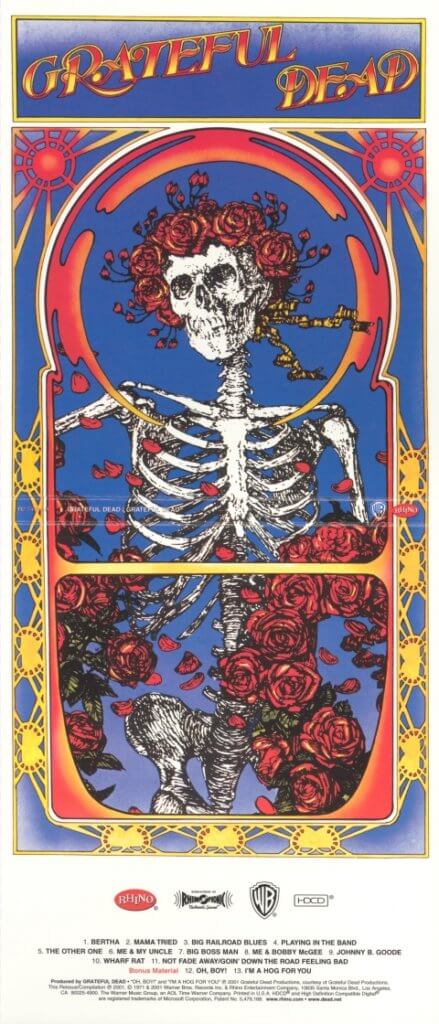
At the forefront of this psychedelic movement was a man named Chet Helms, famous for ‘discovering’ Janis Joplin and bringing her to the West Coast in 1963. By 1966, Helms founded the Family Dog, a hippie collective known for putting on some of the era’s most significant concerts as well as their beloved concert posters, dozens of which would be created by the duo of Mouse and Kelley. As a result, Helms played a key role in the origins of legendary bands like Jefferson Airplane and The Grateful Dead and became known as the father of the “Summer of Love.”
It was this significance of the time and place in cultural history which lends so much importance to the Skeleton & Roses poster. Coming at the forefront of the wave for psychedelic art, its small original print-run (believed to be around 2,500), and its instant popularity (resulting in collectors pinning copies up on their walls exposed to sunlight and other damage) have left an extraordinarily few in decent, let alone excellent, condition remaining today.
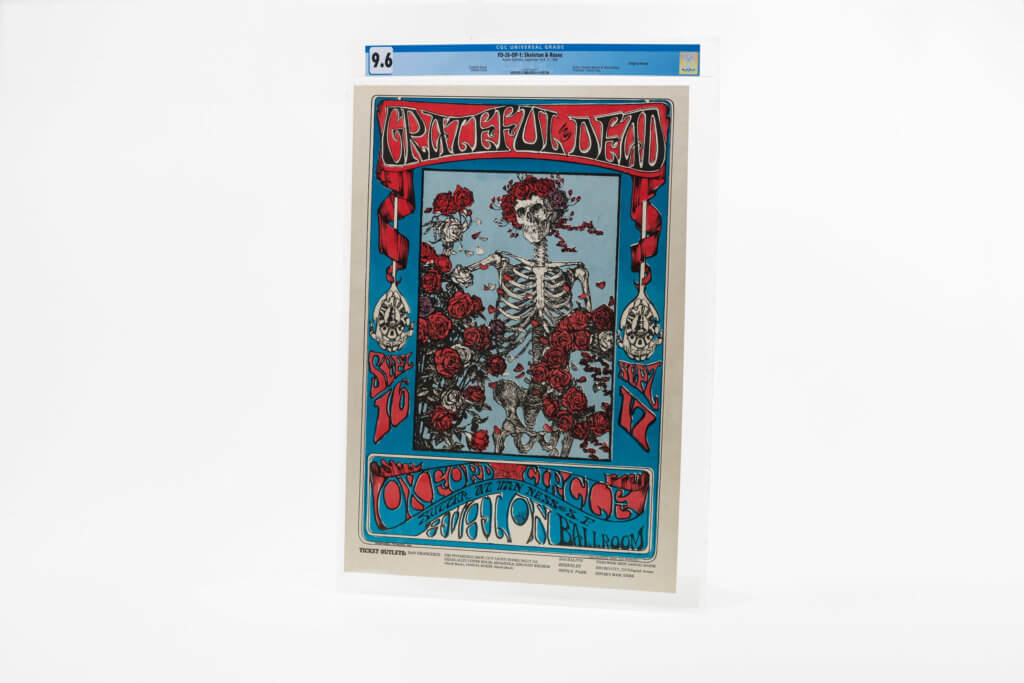
On the rare occasions in which 1st print copies in high-grade surface for sale, they tend to set records. In 2022, a CGC 9.6 copy sold for $137,500, a mark which, at the time, made it the second most valuable concert poster sale in auction history as well as the most valuable graded concert poster ever sold.
Sources
“Helms, Chet.” Los Angeles Times. June 28, 2005. https://www.latimes.com/archives/la-xpm-2005-jun-28-me-helms28-story.html.
“Psychedelic Daze: Part Six-Promoters and Clubs.” Music Futurist. February 2016. https://musicfuturist.blogspot.com/2016/02/psychedelic-daze-part-six-promoters-and.html.
“Chet Helms and the Family Dog.” Gigslist. February 26, 2019. https://www.gigslist.info/editorial/2019/2/26/chet-helms-and-the-family-dog.
“Promoter Chet Helms Dies.” Rolling Stone. July 7, 2005. https://www.rollingstone.com/music/music-news/promoter-chet-helms-dies-121369/.
“Grateful Dead Original Art Logo.” Rolling Stone. August 4, 2020. https://www.rollingstone.com/music/music-features/grateful-dead-original-art-logo-1316160/.
“Skull and Roses/Grateful Dead.” Denver Art Museum. https://www.denverartmuseum.org/en/edu/object/skull-and-rosesgrateful-dead-oxford-circle-avalon-ballroom-san-francisco.
“Grateful Dead 1966 Skeleton and Roses FD-26 Concert Poster Graded Near Perfect 98.” Heritage Auctions. https://entertainment.ha.com/itm/music-memorabilia/posters/grateful-dead-1966-skeleton-and-roses-fd-26-concert-poster-graded-near-perfect-98/a/7241-89603.s.


